One Track Mind, The Art of Robert E. Gillespie
by Robert E. Gillespie
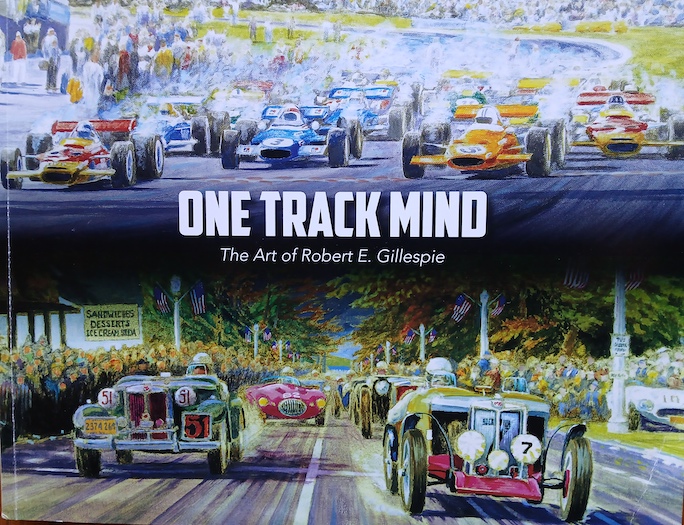
This book is a one-man show of some of the motor racing paintings Robert (Bob) Gillespie has created over the decades. As with any book presenting art it is more about visuals than words. Gillespie’s accompanying words are nicely written but letting the art “talk” about the book is more appropriate starting with these two on the cover.
At the top is part of the full painting later shown on an inside page capturing the start of the 1969 US Grand Prix. At the bottom of the cover is part of the painting titled “Queen Catherine Cup 1952”, also shown in full in the book, showing a moment shortly after the race had gotten underway. That year drivers drew straws to determine starting position so you can see the quicker red OSCA #82 already making its move to overtake and go on to take the checkered flag.
Both cover images and, in fact, virtually all of the paintings in this book are set at either Watkins Glen’s original “on public streets” course or one of its subsequent iterations such as this bird’s-eye view scene immediately below. Essentially The Glen is Gillespie’s “home track” for he lives a scant 30-minute drive away. This painting gives a sense of the crowds and the terrain during the 1965 running of the US Grand Prix.
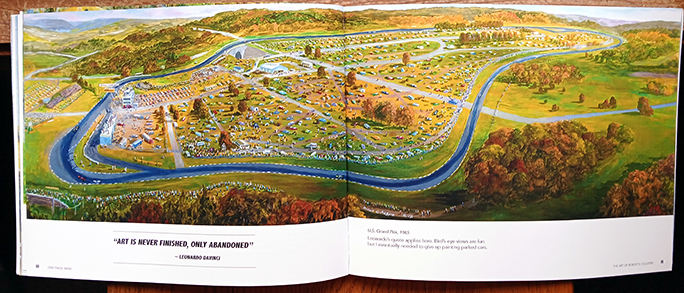
Bob Gillespie recalls having been fascinated with cars from his earliest memories—especially ones with power and speed. But thinking he wanted to become a degreed engineer like his dad, those were the studies he pursued. Although, also from an equally young age he’d also enjoyed sketching and drawing and proved naturally adept at it. Airplanes were favorite subjects to draw until 1960 when his parents took him and his brothers to Watkins Glen where they watched Stirling Moss win and even obtained his autograph.
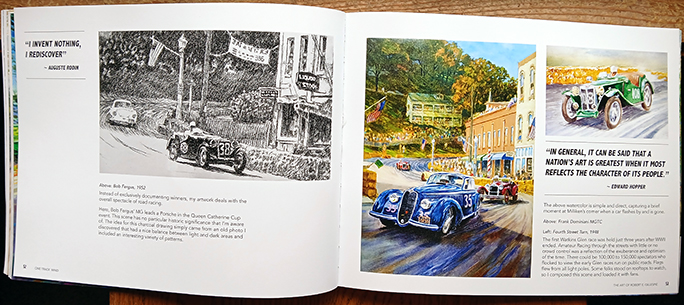
Of the page pair above, the charcoal sketch originated with an old photo Gillespie found. That’s Bob Fergus in the MG showing the Porsche the way during the 1952 Queen Catherine Cup event. Facing page on left is set during The Glen’s 1948 inaugural race. Spectators flocked to the area so Gillespie says, “I composed this scene of the Fourth Street Turn and loaded it with fans.” Above the Edward Hopper quote is a brief moment with driver Frank Dominiani piloting his MGTC through Milliken’s corner. The car flashes by and is gone.
Three years into his engineering studies, Gillespie decided to take a drawing class at SUNY Potsdam which was but a short walk from the engineering school where he was enrolled. It was, as they say, life changing resulting in his changing his major. In turn that led to a career teaching art “with an interdisciplinary approach [ranging] from drawing to TV production.” Tellingly, he says, “For me, it was the best job in the world, where I had a chance to harness and encourage the creative energy of approximately 6,000 twelve-year-olds during my thirty-two years as an art instructor.”
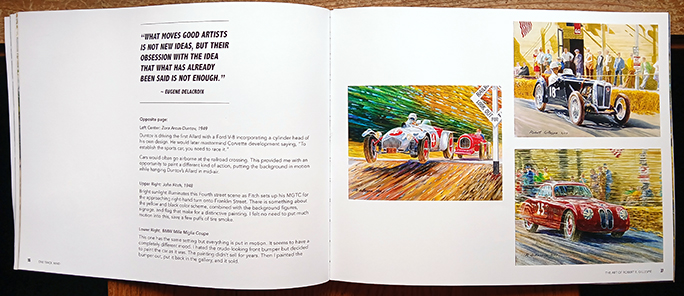
On left is Zora Arkus-Duntov behind the wheel of his first Allard in 1949 with his Duntov-head on its Ford V8. And, yes, cars did go airborne at the railroad crossing just as shown. Top right is John Fitch, also in 1948, turning right onto Franklin Street. Contrast the image immediately below at the same place on the track but with everything a blurr of motion—even the BMW Mille Miglia Coupe.
As he’d originally painted it, Gillespie had shown the BMW true to life with its decidedly crude-looking front bumper. The painting remained in the euphemistically described “artist’s collection” until he retouched the painting, removing that crude bumper. And just as quickly, that painting sold!
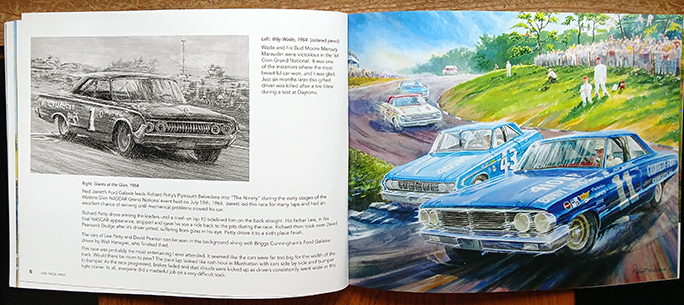
The images above show Ned Jarrett’s Ford Galaxie leading Richard Petty’s Plymouth Belvedere into “The 90” during early stages of the 1964 NASCAR Grand National at The Glen. Following them are the cars of Lee Petty, Richard’s teammate David Pearson’s Dodge, and the Briggs Cunningham Ford Galaxie piloted by Walt Hansgen. Thus Gillespie titled this “Giants at the Glen.” Colored pencil sketch on left is that of the eventual 1964 race winner Billy Wade in his Bud Moore Mercury Marauder.
Shortly after the millennium, Gillespie was offered the opportunity to paint “larger-than-life” as in an outdoor mural. He accepted the challenge and to date has created over twenty murals, a few indoors covering entire walls, others outside. With overall sizes with dimensions such as 15’x 25′, 20′ x 24′, or 45′ x 8′ each takes several weeks to create from surface preparation, projecting the image on the wall in order to block it out, erecting the scaffolding, and then the actual painting. As he works, Gillespie says “Enthusiastic and interested people of all ages stop by asking questions and offering encouragement. Sometimes I find myself feeling a little like a modern day Peter Paul Rubens (1577–1640), the well-known Flemish painter and diplomat.”
If you’re interested and curious to see more of Gillespie’s work than we can share with you here, you’re encouraged to obtain your own copy of this, his first book.
Copyright 2024 Helen V Hutchings (speedreaders.info)


 RSS Feed - Comments
RSS Feed - Comments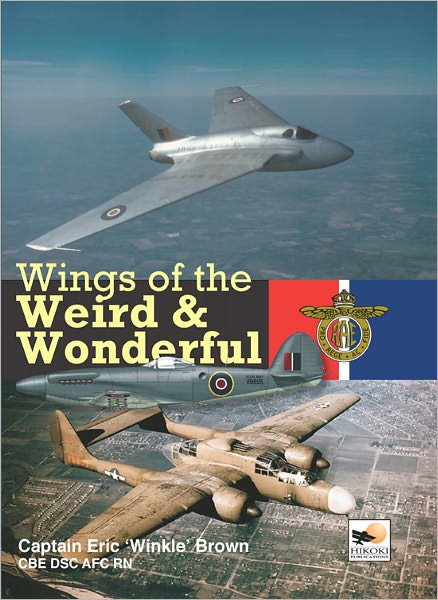
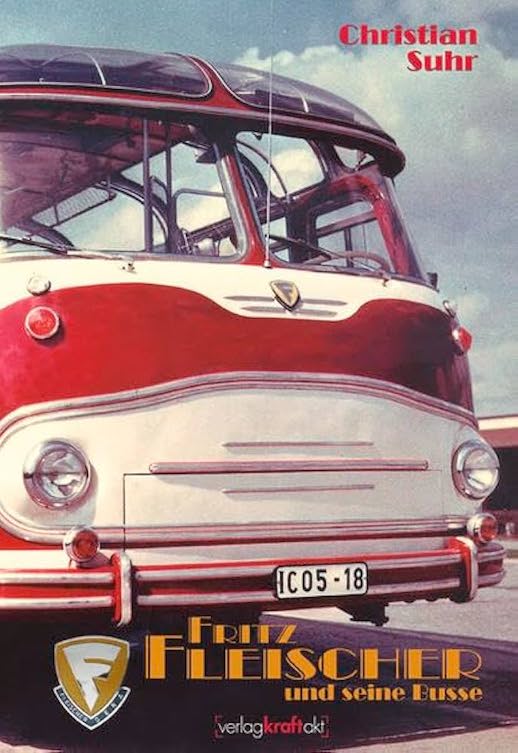
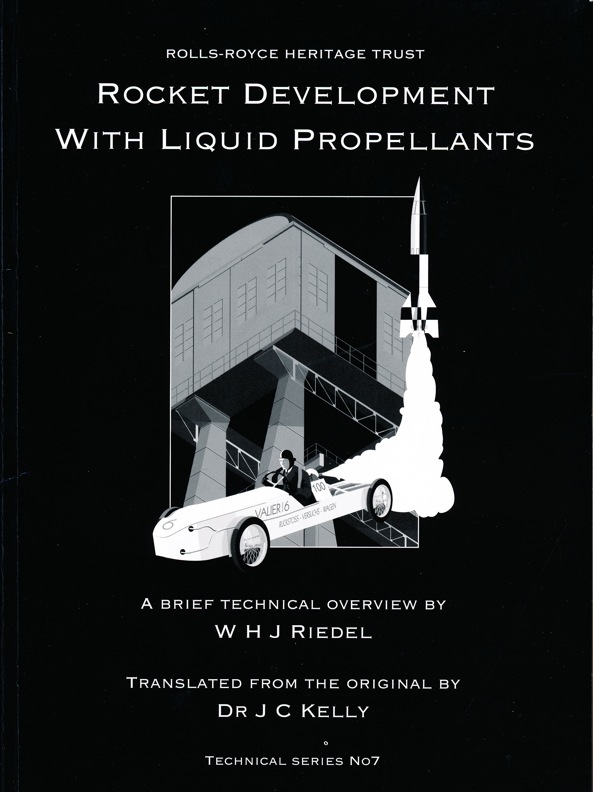

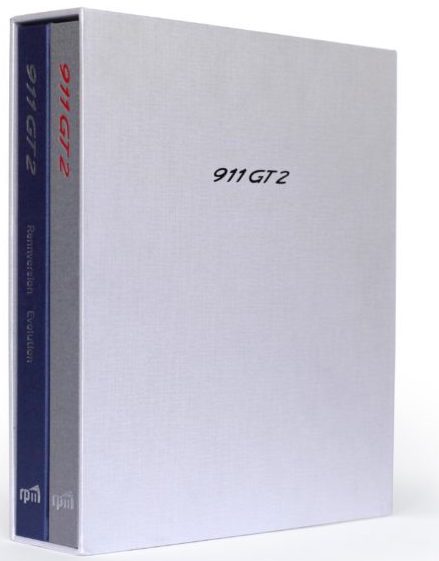

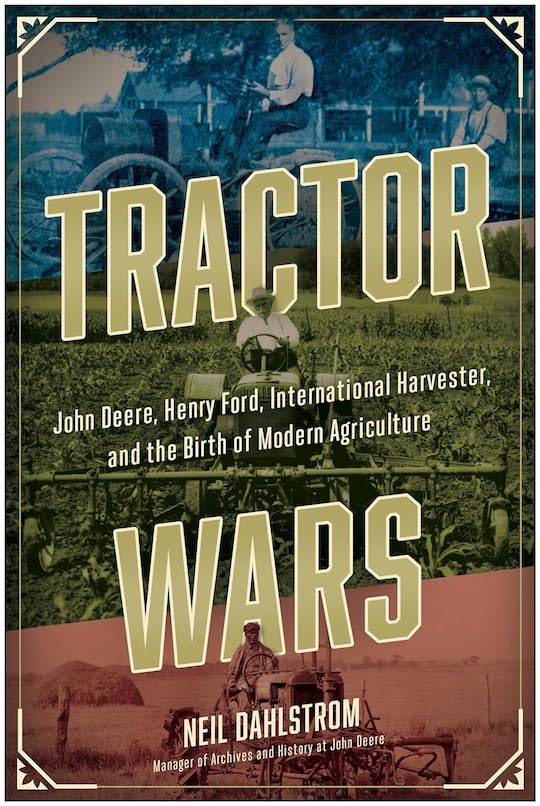

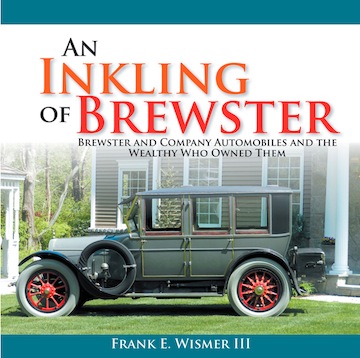
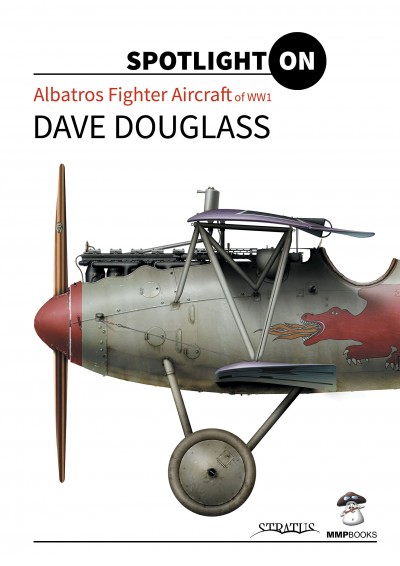
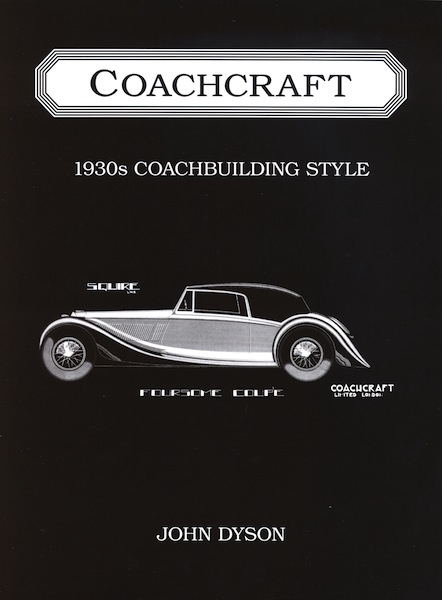
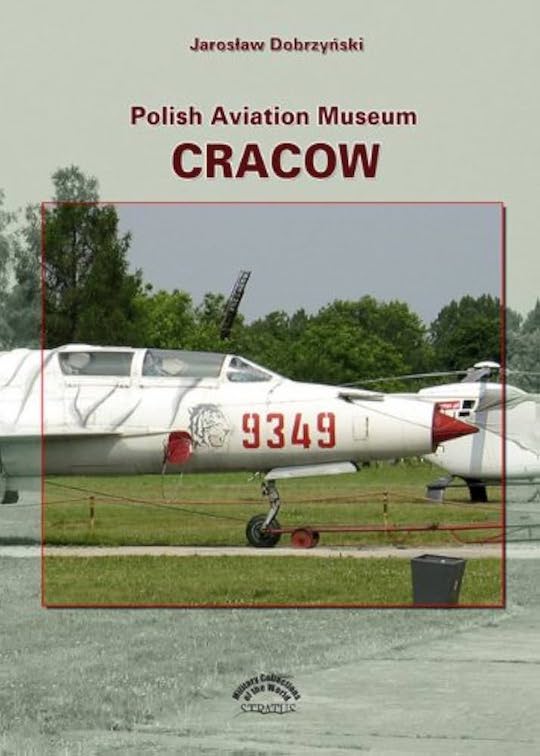
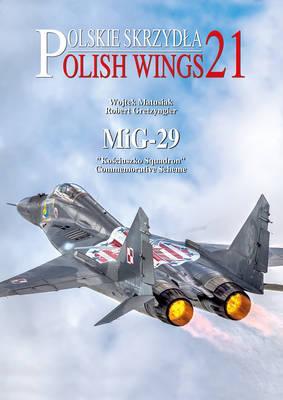
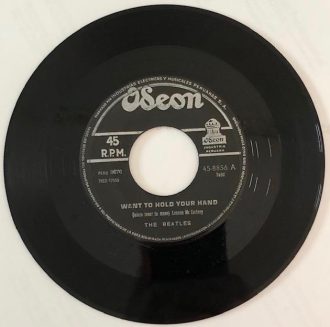

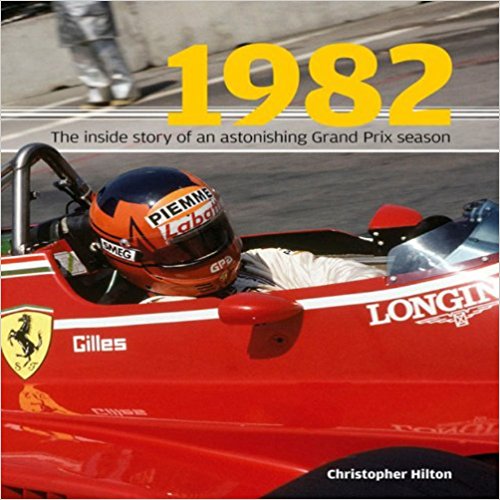
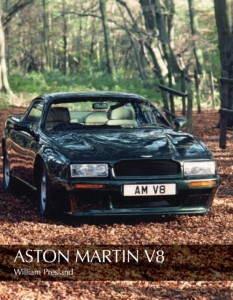

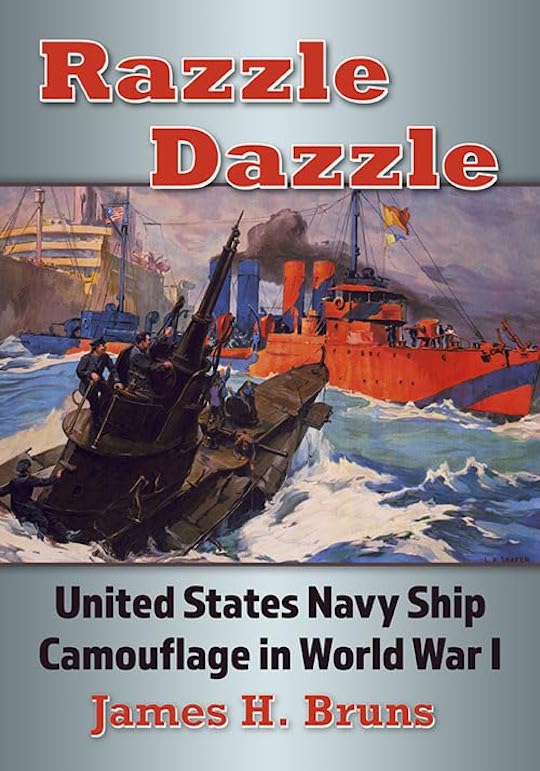
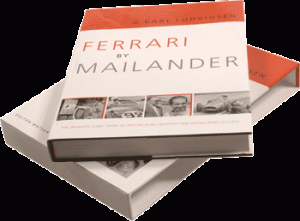
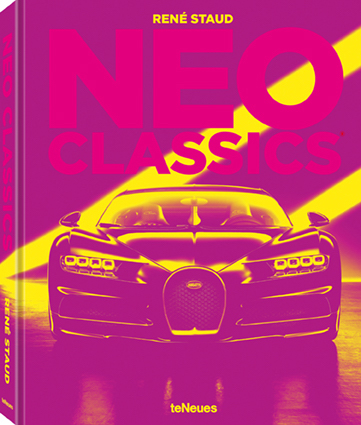
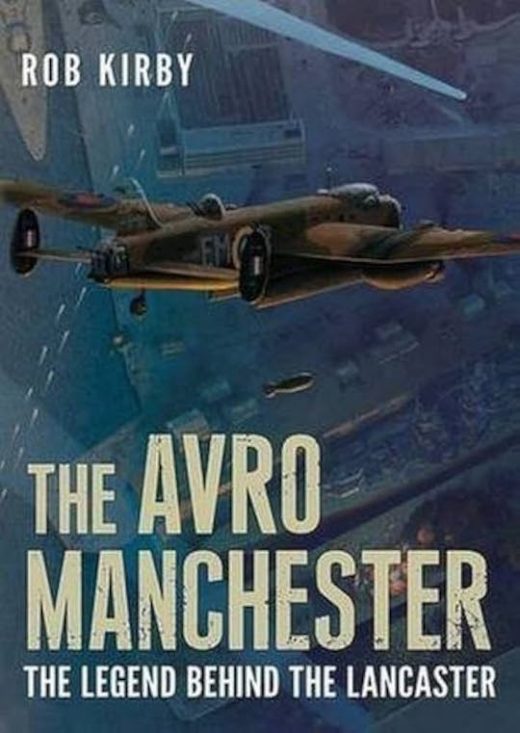

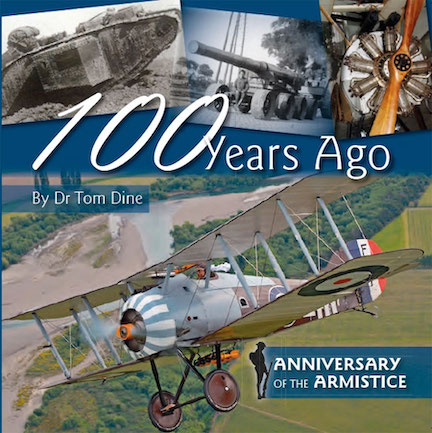
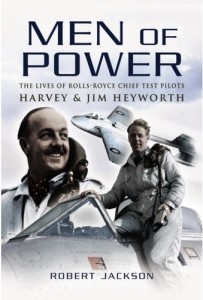

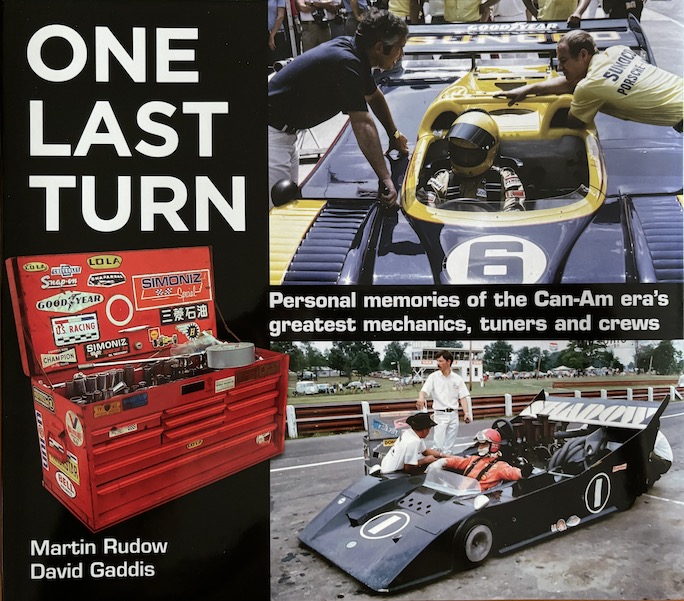
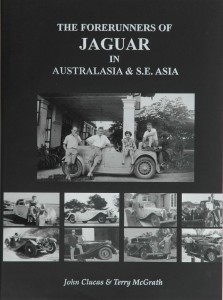
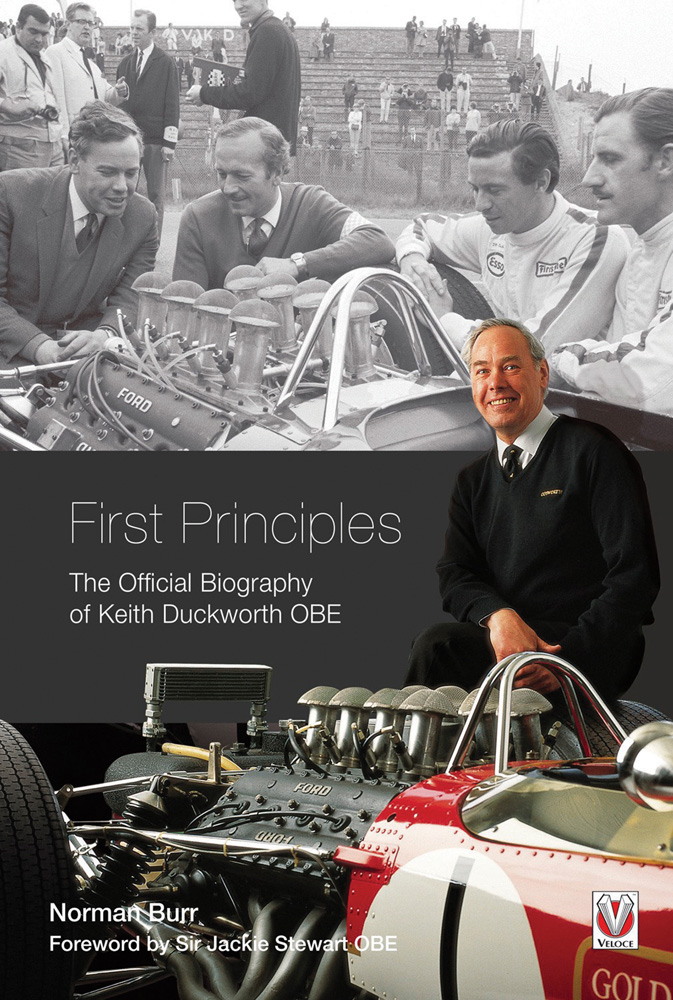
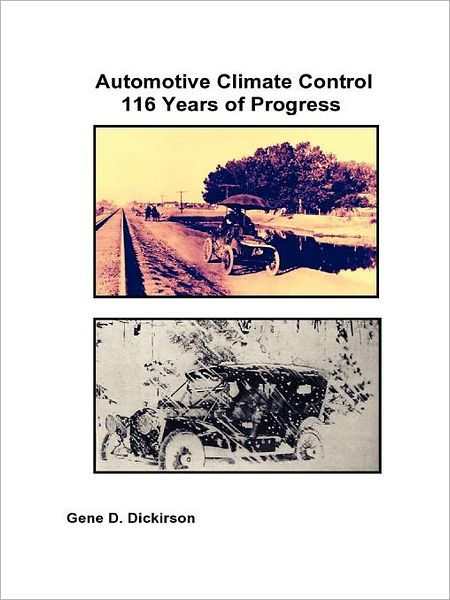

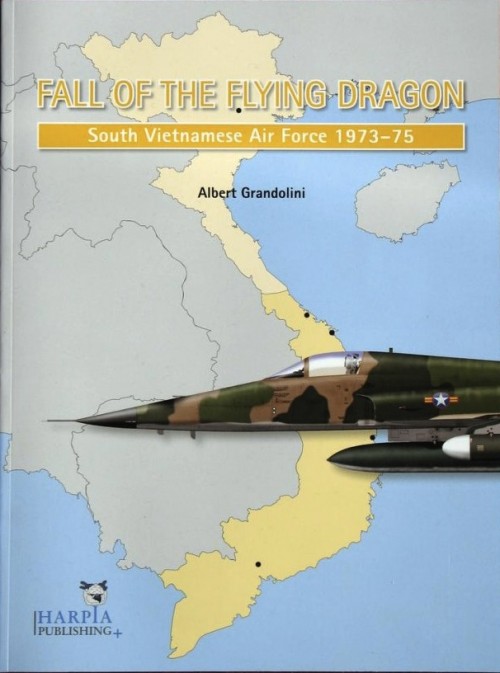
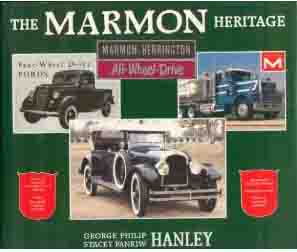

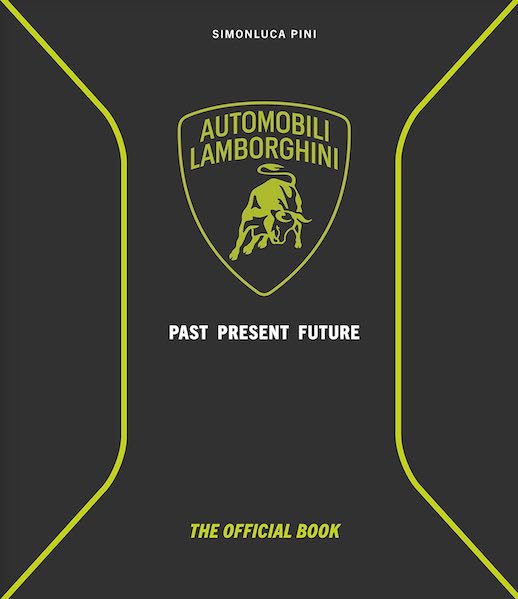
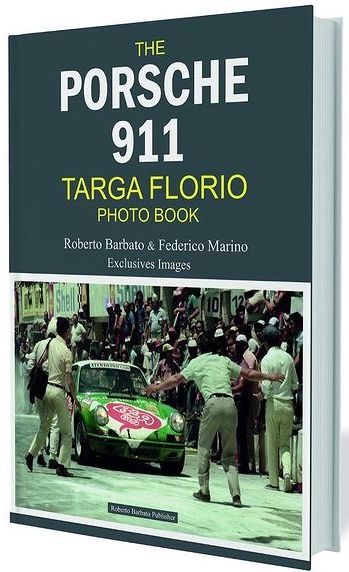
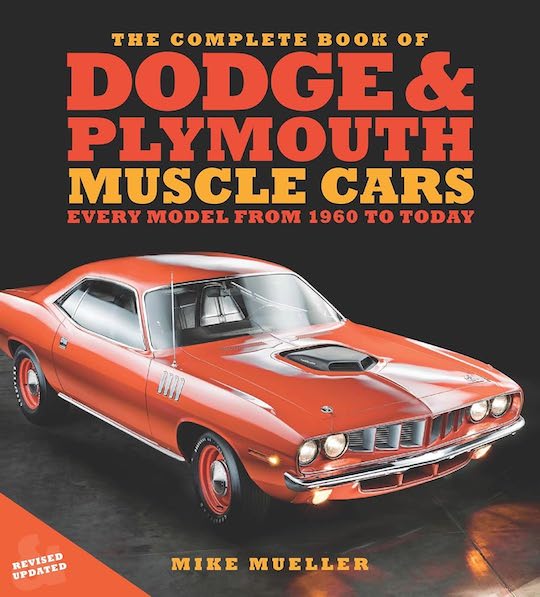
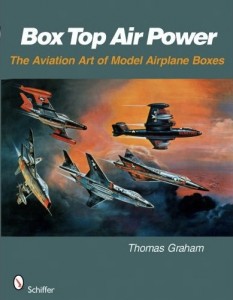

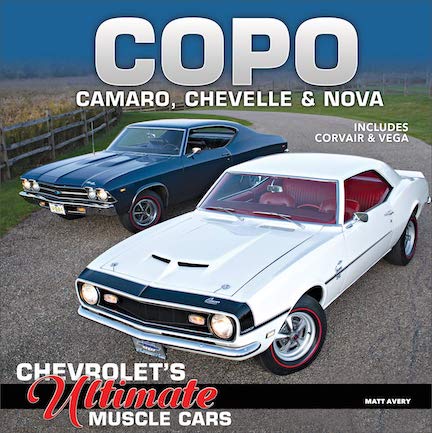

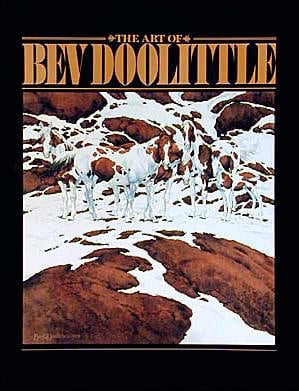
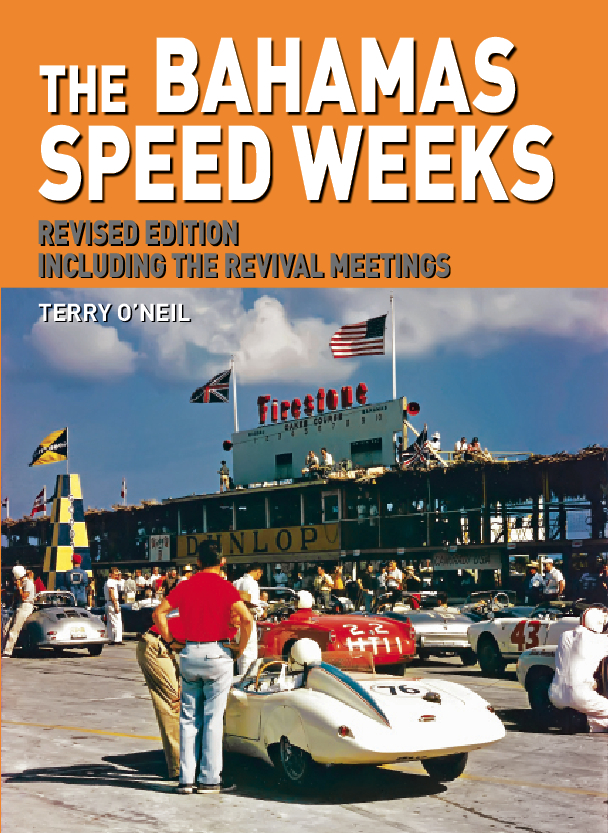
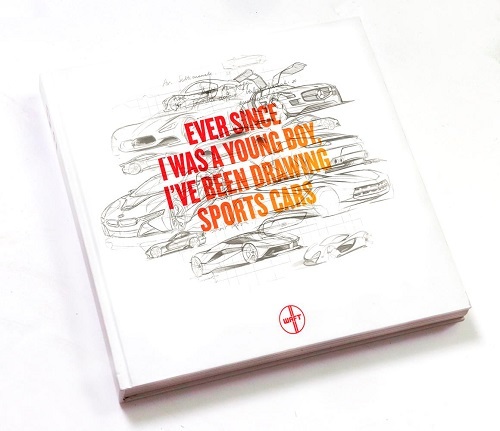
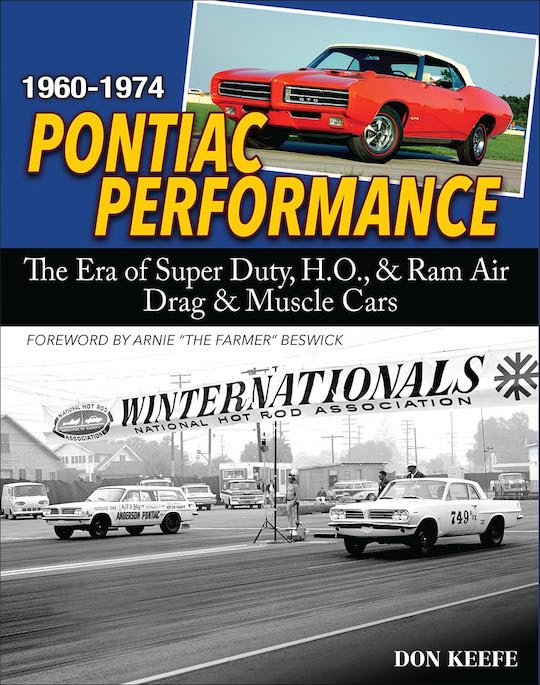
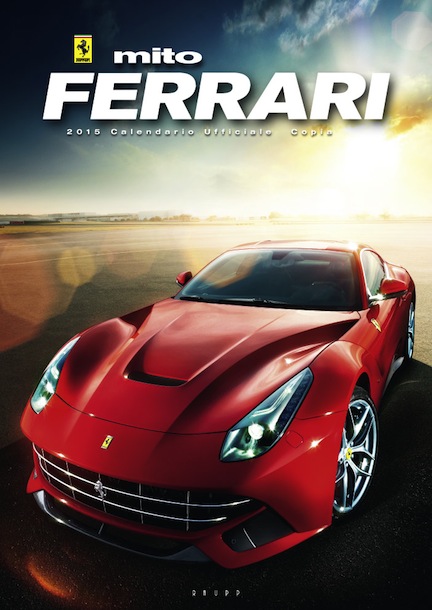
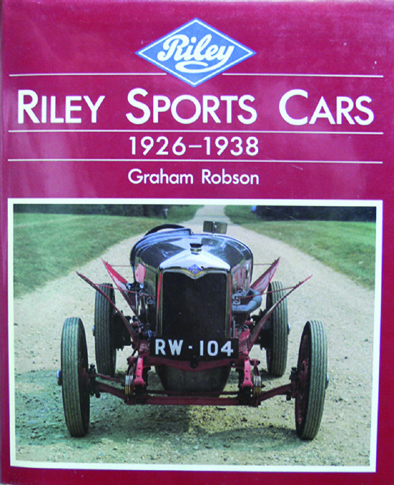
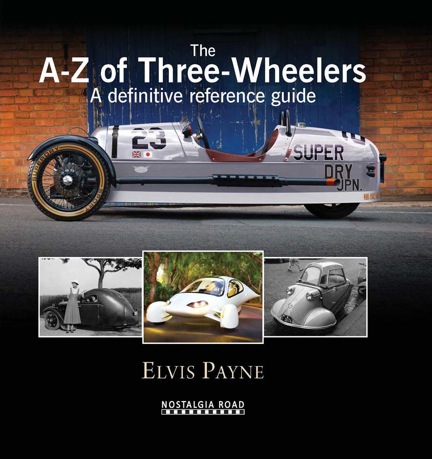
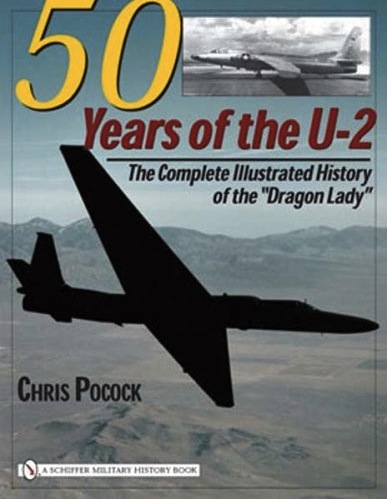
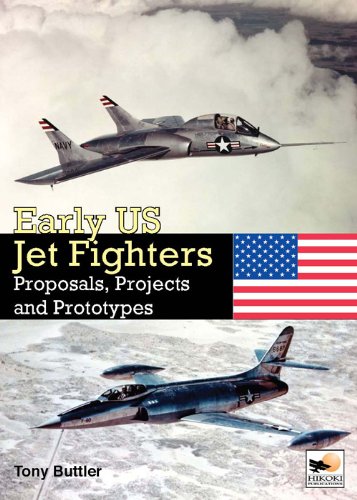
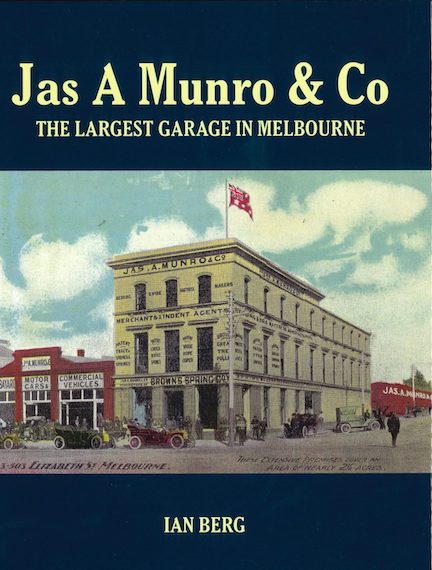
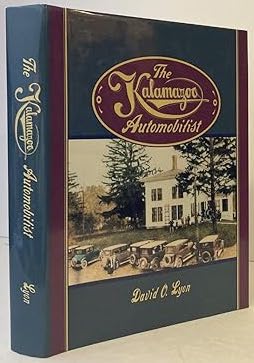
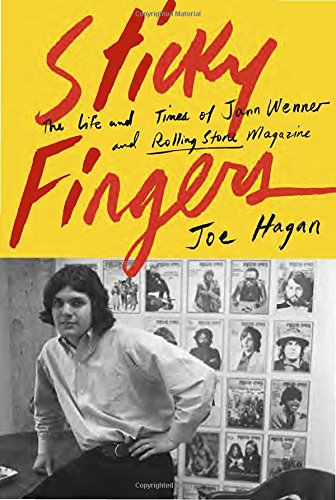

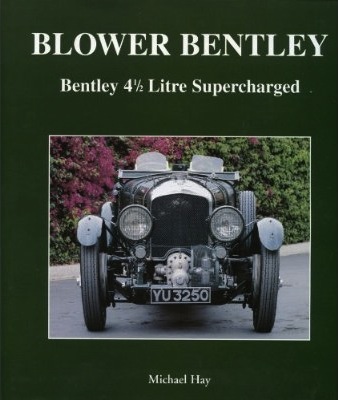
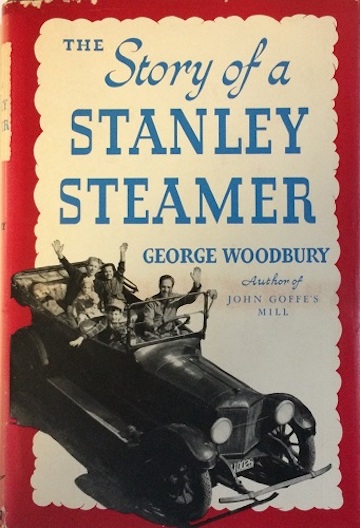
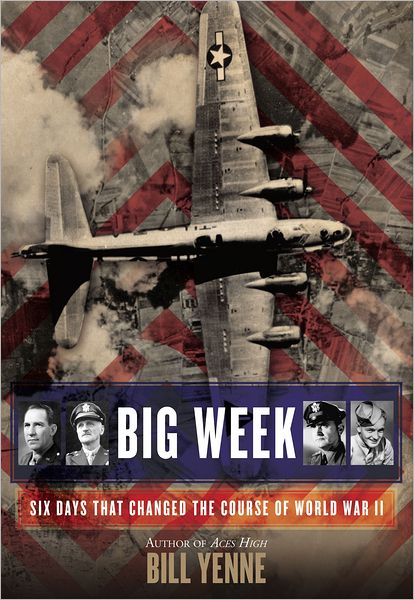
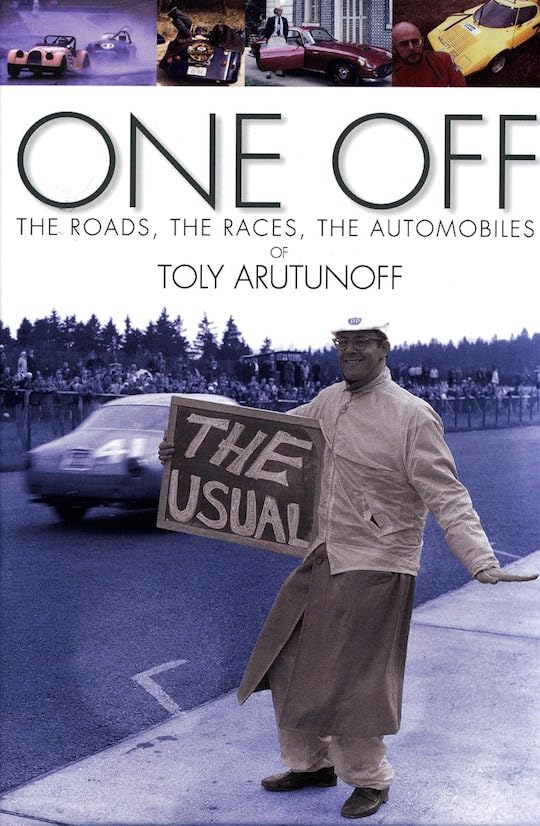
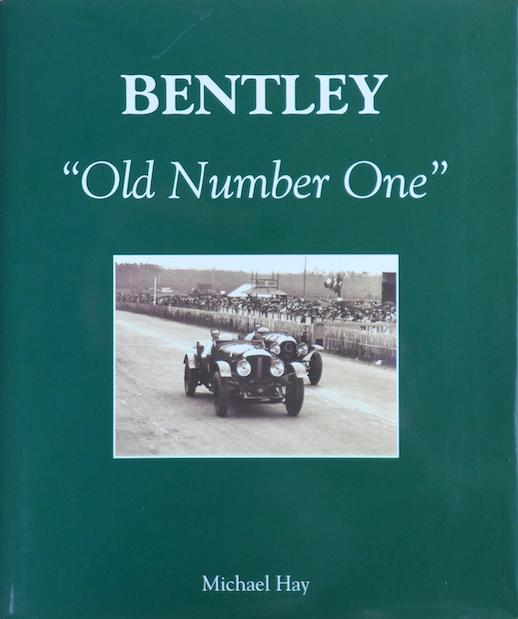
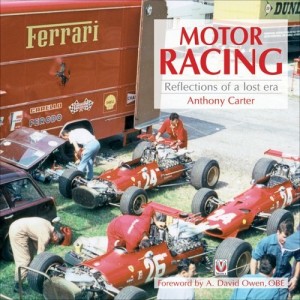
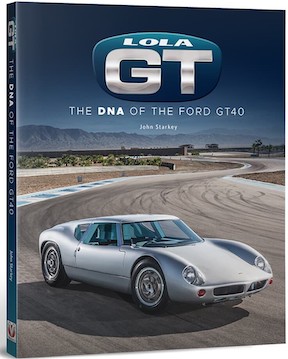
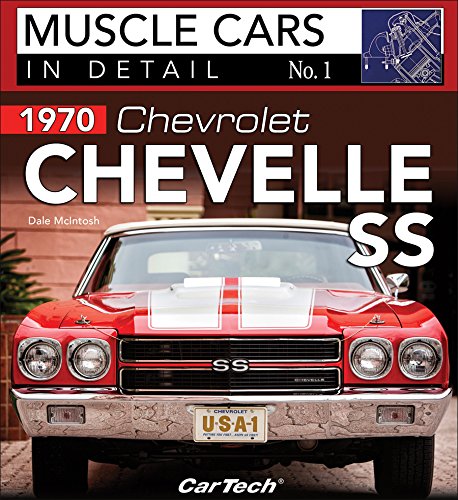
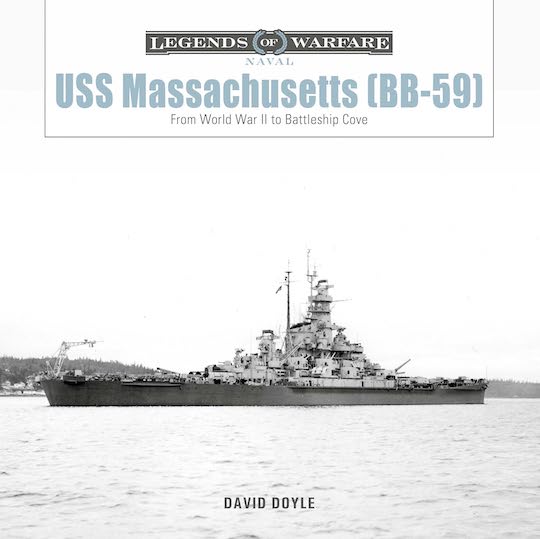

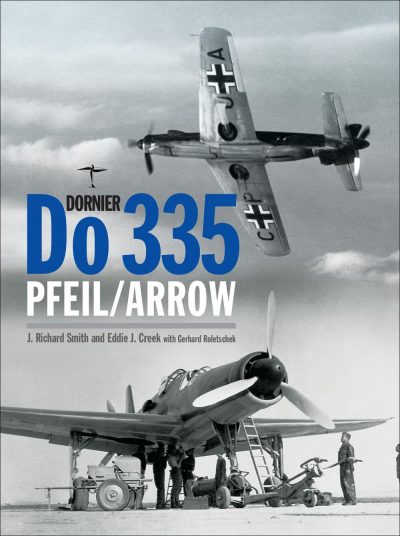

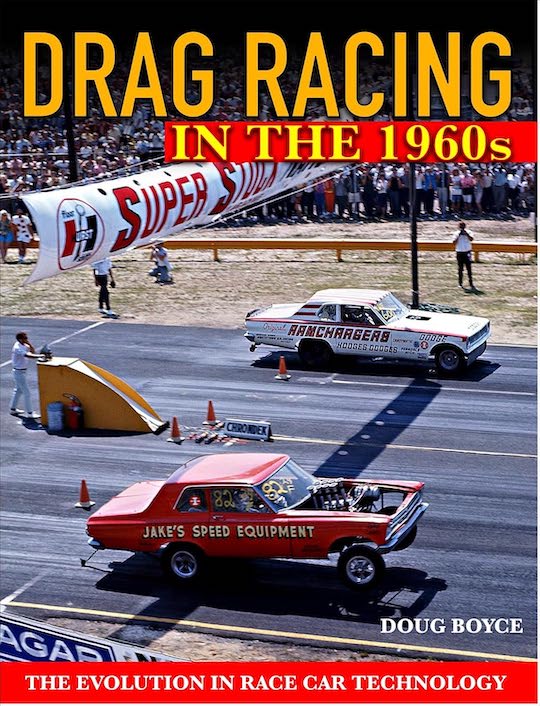
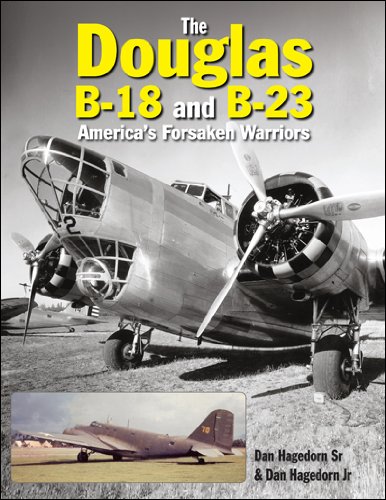
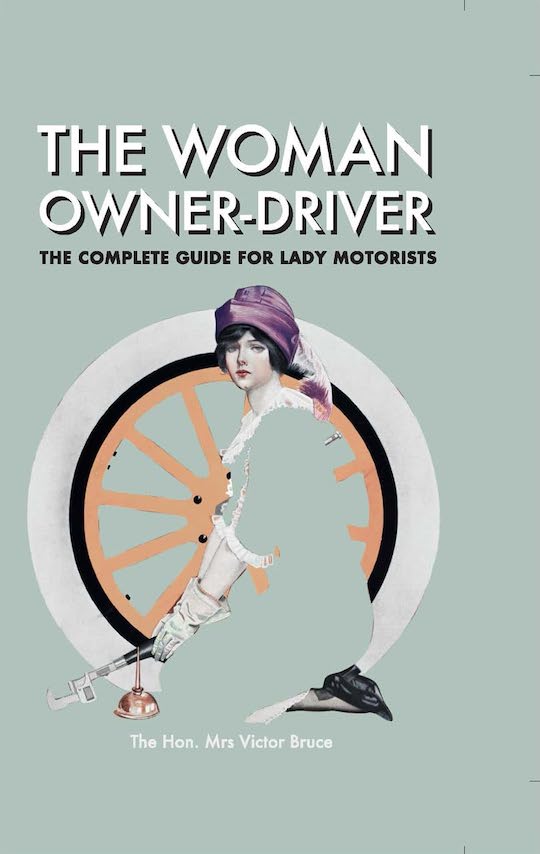


 Phone / Mail / Email
Phone / Mail / Email RSS Feed
RSS Feed Facebook
Facebook Twitter
Twitter